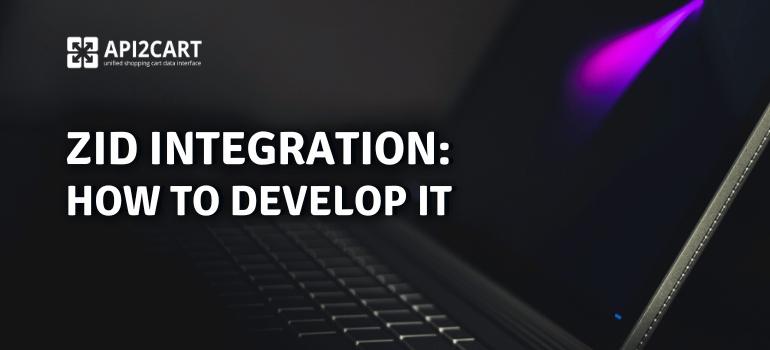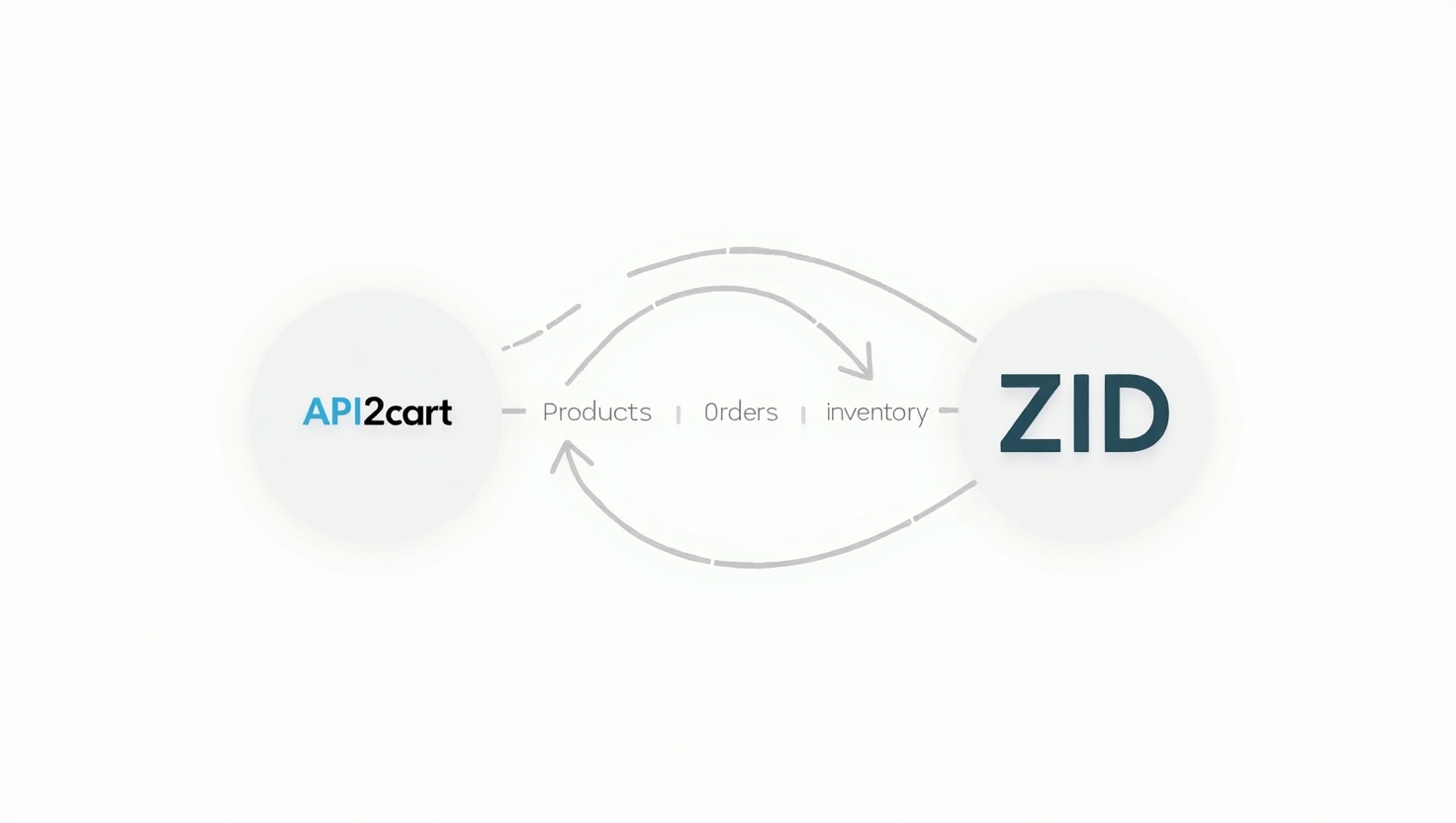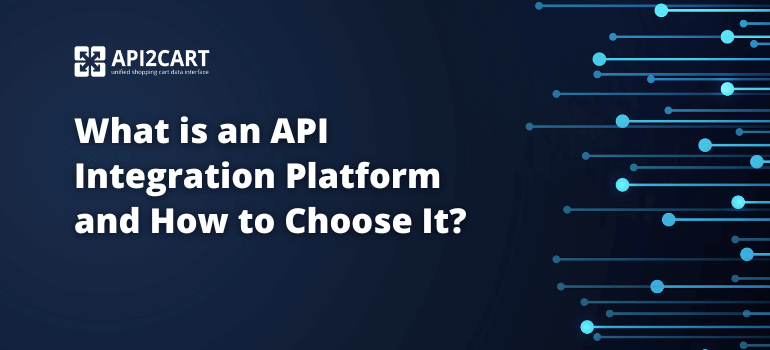
Zid has become an important player in the Middle Eastern eCommerce ecosystem, and many software companies are now actively developing Zid integration to support their clients. The platform provides a streamlined environment for building online stores, while its architecture and steady growth create strong demand for scalable integrations. For teams working with the Zid API or exploring Zid API documentation for the first time, understanding how the platform structures data is essential for building stable and efficient connections.
Zid’s eCommerce platform gives software vendors access to thousands of online merchants and offers a solid infrastructure for product, order, and inventory management. By integrating with Zid, software companies can expand their market reach, strengthen product value, and unlock new automation opportunities.
In this guide, we explore the core benefits of Zid integration, the main development challenges, and the fastest way to connect your application to Zid and many other shopping platforms via a unified API.

What is Zid Integration?
Zid integration is the process of connecting an eCommerce software product or application with the Zid platform. Zid is an innovative eCommerce solution designed to help businesses build and manage online stores using flexible tools, customizable checkout flows, payment gateway integrations, and secure hosting.
Connecting to Zid requires the use of the Zid API, which allows third-party systems to retrieve and modify store data such as orders, products, prices, customers, and inventory. The Zid API supports real-time data exchange, enabling software providers to automate workflows and deliver better functionality to clients.
The Zid API documentation includes detailed instructions and examples that help developers understand authentication, endpoints, request structure, and error handling practices.
Example: product.list.method Response (via API2Cart)
{
"product": {
"id": "21412",
"sku": "ZID-PRD-001",
"name": "Wireless Headphones",
"price": 199.99,
"quantity": 42,
"status": "active",
"created_at": "2023-11-12T14:22:00Z",
"updated_at": "2024-02-01T10:03:00Z",
"images": [
{
"url": "https://store-cdn.zid.com/product/headphones.jpg",
"position": 1
}
],
"categories": [12, 33],
"description": "High-quality wireless headphones with noise-canceling technology."
}
}
Key Benefits of Connecting with Zid
Integrating with Zid provides multiple advantages for eCommerce SaaS vendors. One of the most important benefits is access to a fast-growing merchant community. According to BuiltWith, more than 12,000 online stores are currently powered by Zid.
Zid is especially popular in Saudi Arabia and other Gulf countries, making it an attractive market for SaaS products focused on logistics, marketing, automation, inventory, or shipping management. By integrating with Zid, software applications gain exposure to new markets and new revenue streams.
Access to real-time Zid store data enables software providers to offer stronger and more competitive features — for example, automatic product updates, order synchronization, or advanced reporting.

Challenges of Zid Integration
While Zid integration is beneficial, implementing it from scratch comes with certain challenges. Developers need time to fully understand platform logic, API authentication, data relationships, and rate-limit restrictions.
Maintaining a Zid integration over time can also be difficult. API changes may break existing workflows, requiring developers to update code, fix compatibility issues, and test edge cases. This can be expensive and time-consuming, especially for small teams.
Finally, building a custom Zid integration without external tools requires ongoing investments in development, maintenance, debugging, and version management.

Meet API2Cart – Connect to Zid and 60+ Platforms via One API
Software companies typically choose between two approaches: building the Zid integration in-house or using a ready-made third-party solution. In-house development requires a team, long development cycles, and ongoing maintenance.
A third-party integration solution like API2Cart significantly simplifies the process. API2Cart allows software applications to connect not only with Zid but also with more than 60 eCommerce platforms and marketplaces, including Shopify, Walmart, Amazon, BigCommerce, WooCommerce, Magento, and many others.
It provides a unified API, detailed documentation, code samples, interactive testing tools, and 24/7 technical support.
Using API2Cart API methods, you can retrieve, sync, update, or delete Zid orders, products, categories, shipping details, and customer information in real time.
API2Cart continuously updates its API, adds new supported platforms, and provides custom method development upon request. This allows SaaS vendors to scale smoothly while reducing costs and development load.
To learn more about how API2Cart supports Zid integration, you can request 14-day trial.
FAQs
The Zid API provides REST endpoints that allow developers to retrieve and manage products, customers, orders, prices, and inventory. Authentication is based on secure API keys, while data is exchanged in JSON format. Developers use these endpoints to automate workflows, build integrations, and sync store data with external systems.
Building Zid integration manually can be complex because developers must understand authentication, endpoints, store logic, and changing API versions. Maintaining the integration over time adds additional cost and effort, especially for SaaS tools that serve many clients. Using a unified API like API2Cart is a faster and more scalable alternative.
The fastest approach is to use API2Cart, which lets you integrate with Zid and 60+ other eCommerce platforms through one unified API. You avoid building separate integrations, reduce development costs, and gain access to ready-made methods for products, orders, customers, and inventory.



